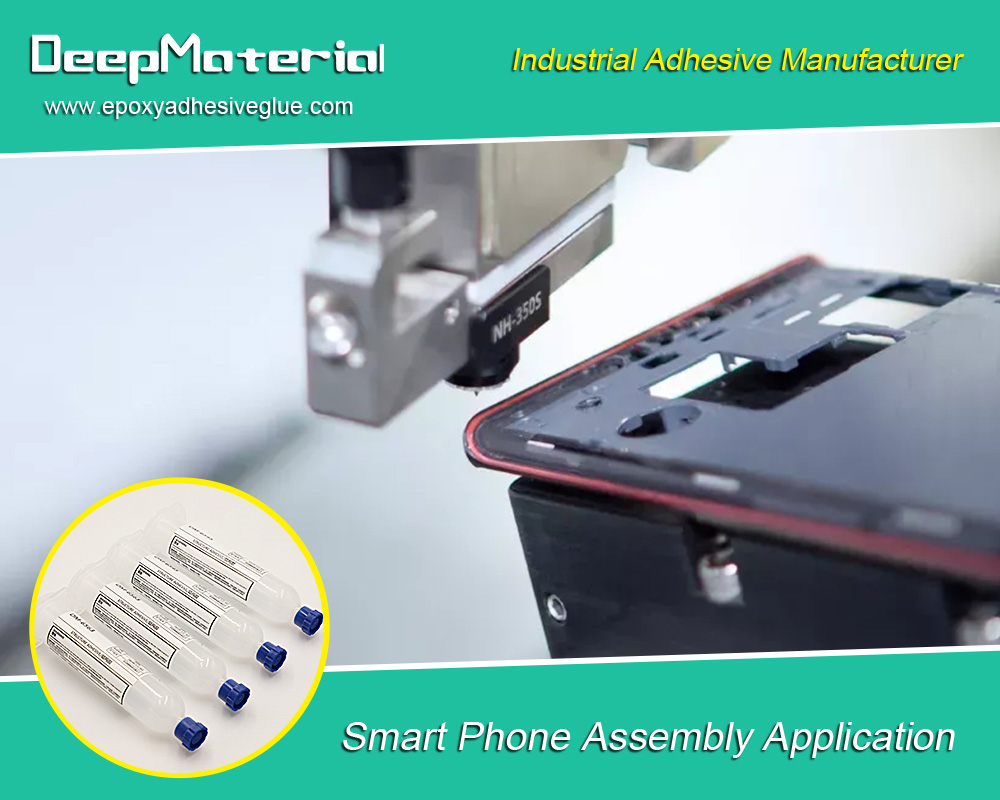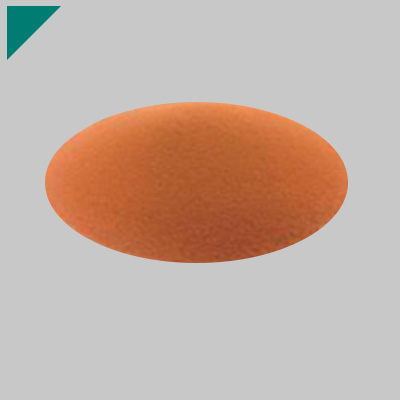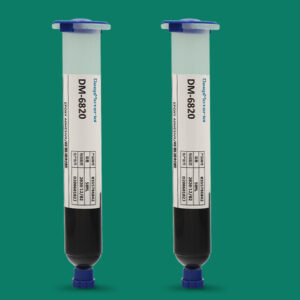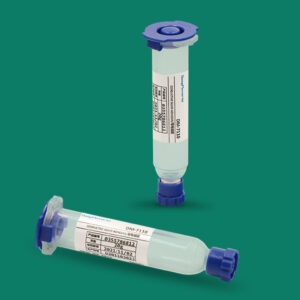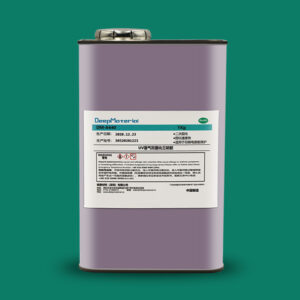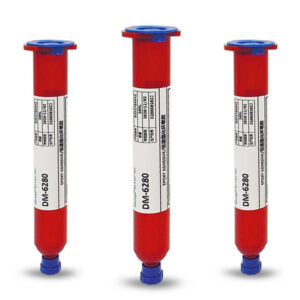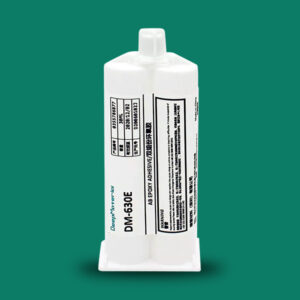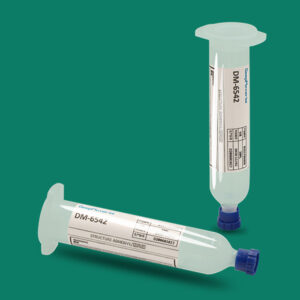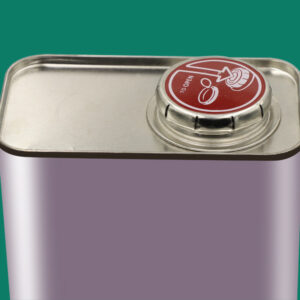Epoxy Adhesive Glue for Plastic – Top Tips For Removing the Residue From Surfaces
Epoxy Adhesive Glue for Plastic – Top Tips For Removing the Residue From Surfaces
When it comes to adhesives, epoxy glue holds a prominent place due to its exceptional bonding capabilities. It’s a go-to solution for many, especially when it comes to plastic materials. However, while its strength is a boon when you need things to stick, it can be a bane when you’re trying to remove unwanted residue from surfaces. Whether it’s a DIY project gone awry or an accidental spill, epoxy adhesive glue can leave behind a stubborn mark that refuses to budge with regular cleaning methods. But don’t despair!
In this blog post, we’ll share top tips and techniques for effectively removing epoxy adhesive glue residue from various surfaces. So, whether you’re dealing with hardened blobs or thin smears, we’ve got you covered. Read on to discover how you can restore your surfaces to their original, spotless state.
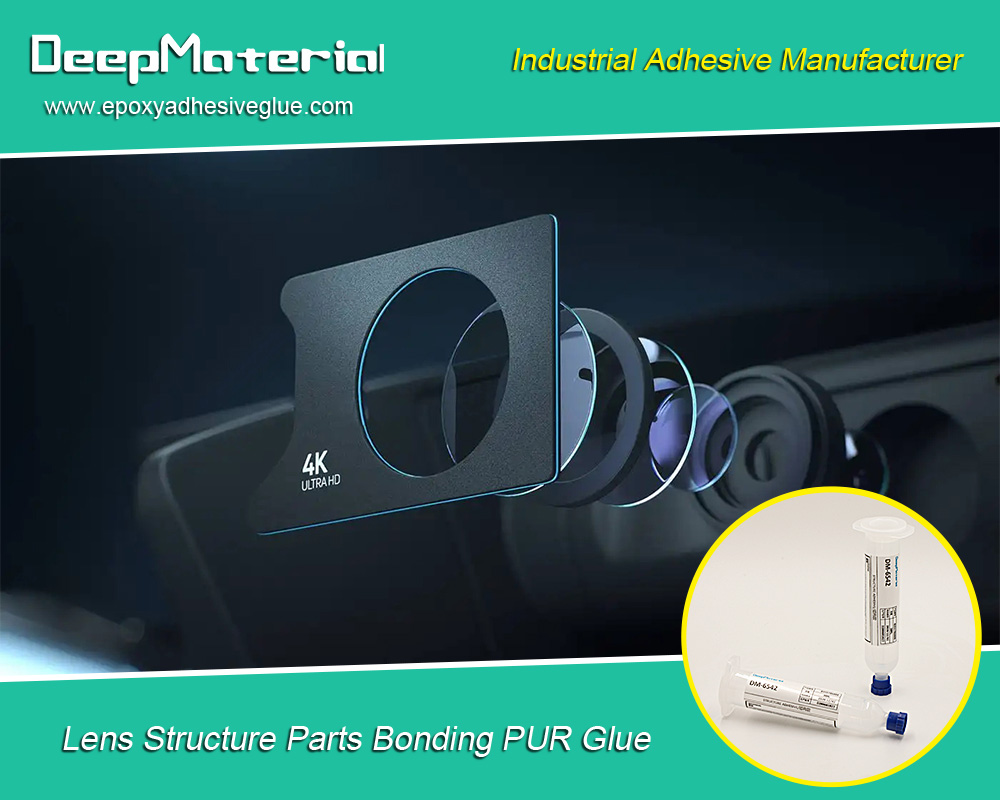
Common Surfaces Affected by Epoxy Residue
Epoxy residue can affect a wide range of surfaces, including plastic, metal, glass, and wood. However, it is particularly difficult to remove from plastic surfaces due to its strong bonding properties. When epoxy adhesive glue is applied to plastic, it forms a strong bond that can be challenging to break.
The difficulty in removing epoxy residue from plastic surfaces is due to the fact that epoxy adhesive glue is designed to be resistant to solvents and chemicals. This means that traditional cleaning agents may not be effective in removing the residue. Additionally, the residue can become hardened over time, making it even more challenging to remove.
Use Heat to Soften the Residue
One effective method for removing epoxy residue from surfaces is to use heat to soften the adhesive. Heat can help to break down the bond between the adhesive and the surface, making it easier to remove the residue. This method is particularly useful for removing epoxy residue from plastic surfaces.
To use heat to soften epoxy residue, you can use a heat gun or a hairdryer. Apply heat to the affected area and gently scrape off the softened residue using a plastic scraper or a credit card. Be careful not to apply too much heat, as it can damage the surface or cause the adhesive to become even more difficult to remove.
Apply Solvents to Dissolve the Residue
Another effective method for removing epoxy residue is to apply solvents that can dissolve the adhesive. There are several solvents that can be used for this purpose, including acetone, isopropyl alcohol, and mineral spirits. These solvents work by breaking down the chemical bonds in the adhesive, making it easier to remove.
To use solvents to dissolve epoxy residue, apply a small amount of the solvent to a clean cloth or sponge and gently rub the affected area. Allow the solvent to sit on the residue for a few minutes to allow it to penetrate and dissolve the adhesive. Then, use a plastic scraper or a cloth to wipe away the softened residue.
Use Abrasive Materials to Scrape off Residue
If heat and solvents are not effective in removing epoxy residue, abrasive materials can be used to scrape off the residue. Abrasive materials such as sandpaper, steel wool, or a plastic scraper can help to physically remove the residue from the surface. This method is particularly useful for removing hardened or stubborn epoxy residue.
To use abrasive materials to scrape off epoxy residue, gently rub the affected area with the abrasive material in a circular motion. Apply light pressure and be careful not to damage the surface. Continue rubbing until the residue is completely removed. Afterward, clean the surface with soap and water to remove any leftover residue or debris.
Try Natural Remedies to Remove Residue
In addition to heat, solvents, and abrasive materials, there are also natural remedies that can be used to remove epoxy residue from surfaces. These natural remedies are often safer and more environmentally friendly alternatives to harsh chemicals and solvents.
One natural remedy that can be effective in removing epoxy residue is vinegar. Vinegar is a mild acid that can help to break down the adhesive. Simply soak a cloth or sponge in vinegar and rub it on the affected area. Allow the vinegar to sit for a few minutes before wiping away the residue.
Another natural remedy that can be used is baking soda. Baking soda is a gentle abrasive that can help to scrub away epoxy residue. Mix baking soda with water to form a paste and apply it to the affected area. Gently scrub the residue with a cloth or sponge and rinse with water.
Use Commercial Epoxy Remover
If all else fails, there are commercial epoxy removers available on the market that can effectively remove epoxy residue from surfaces. These removers are specifically designed to break down and dissolve epoxy adhesive glue, making it easier to remove.
When using commercial epoxy removers, it is important to follow the manufacturer’s instructions and guidelines. Apply the remover to the affected area and allow it to sit for the recommended amount of time. Then, use a plastic scraper or a cloth to wipe away the softened residue. Be sure to clean the surface thoroughly afterward to remove any leftover residue or chemicals.
Preventing Epoxy Residue on Surfaces
While knowing how to remove epoxy residue is important, it is equally important to prevent it from forming in the first place. One of the best ways to prevent epoxy residue is to properly clean and prepare the surfaces before applying the adhesive.
Before applying epoxy adhesive glue, make sure that the surfaces are clean and free from any dirt, dust, or grease. Use a mild detergent or a surface cleaner to remove any contaminants. Additionally, roughen the surface slightly with sandpaper to create a better bond for the adhesive.
It is also important to follow the manufacturer’s instructions and guidelines when applying epoxy adhesive glue. Apply the adhesive evenly and in the recommended amount. Avoid applying too much adhesive, as it can lead to excess residue. Allow the adhesive to cure properly before using or handling the bonded surfaces.
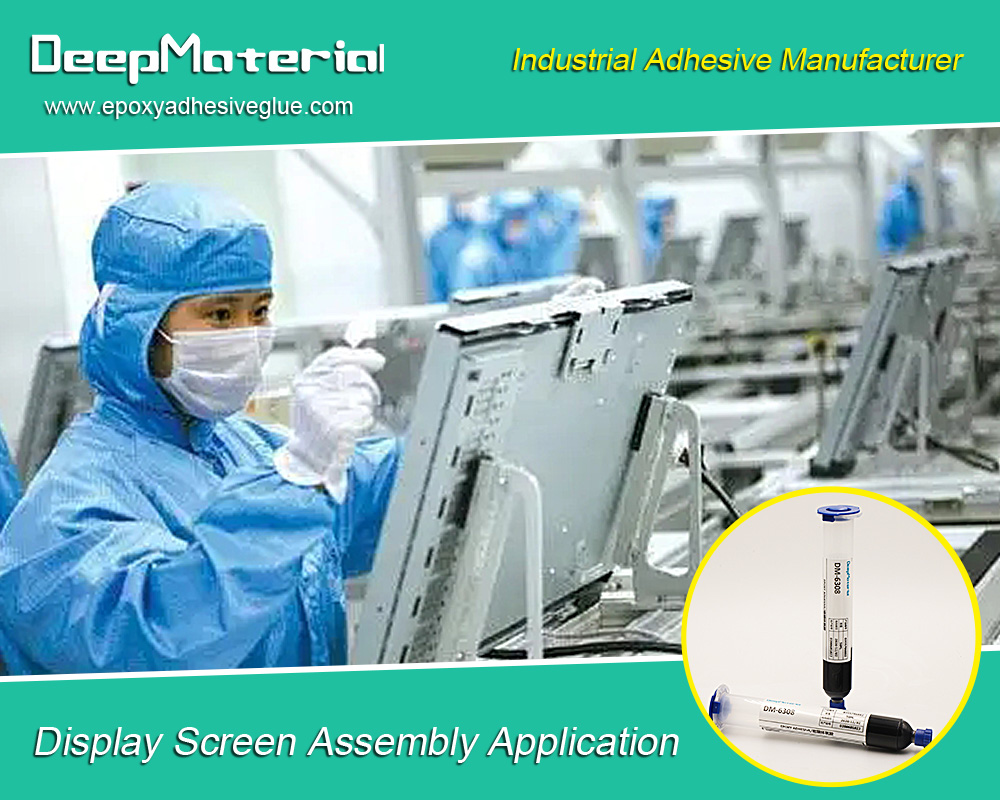
Conclusion and Final Thoughts on Removing Epoxy Residue from Surfaces
In conclusion, epoxy adhesive glue is a commonly used adhesive for bonding plastic surfaces together. While it is highly effective in creating a strong bond, it can leave behind residue that can be difficult to remove. Knowing how to properly remove epoxy residue is important to ensure that surfaces remain clean and free from any leftover adhesive.
There are several methods that can be used to remove epoxy residue from surfaces, including using heat, solvents, abrasive materials, natural remedies, and commercial epoxy removers. It is important to follow safety precautions when handling epoxy residue and to wear protective gear. Additionally, taking steps to prevent epoxy residue from forming in the first place, such as properly cleaning and preparing surfaces before applying adhesive, can help to minimize the need for removal.
For more about choosing the epoxy adhesive glue for plastic, you can pay a visit to DeepMaterial at https://www.epoxyadhesiveglue.com/category/epoxy-adhesives-glue/ for more info.


